Bold Threads: How to Create a Streetwear Brand That Stands Out
03/02/2025
Business
In the ever-evolving world of streetwear, building a brand that stands out requires creativity, authenticity, and a deep understanding of fashion culture—this guide will show you how.
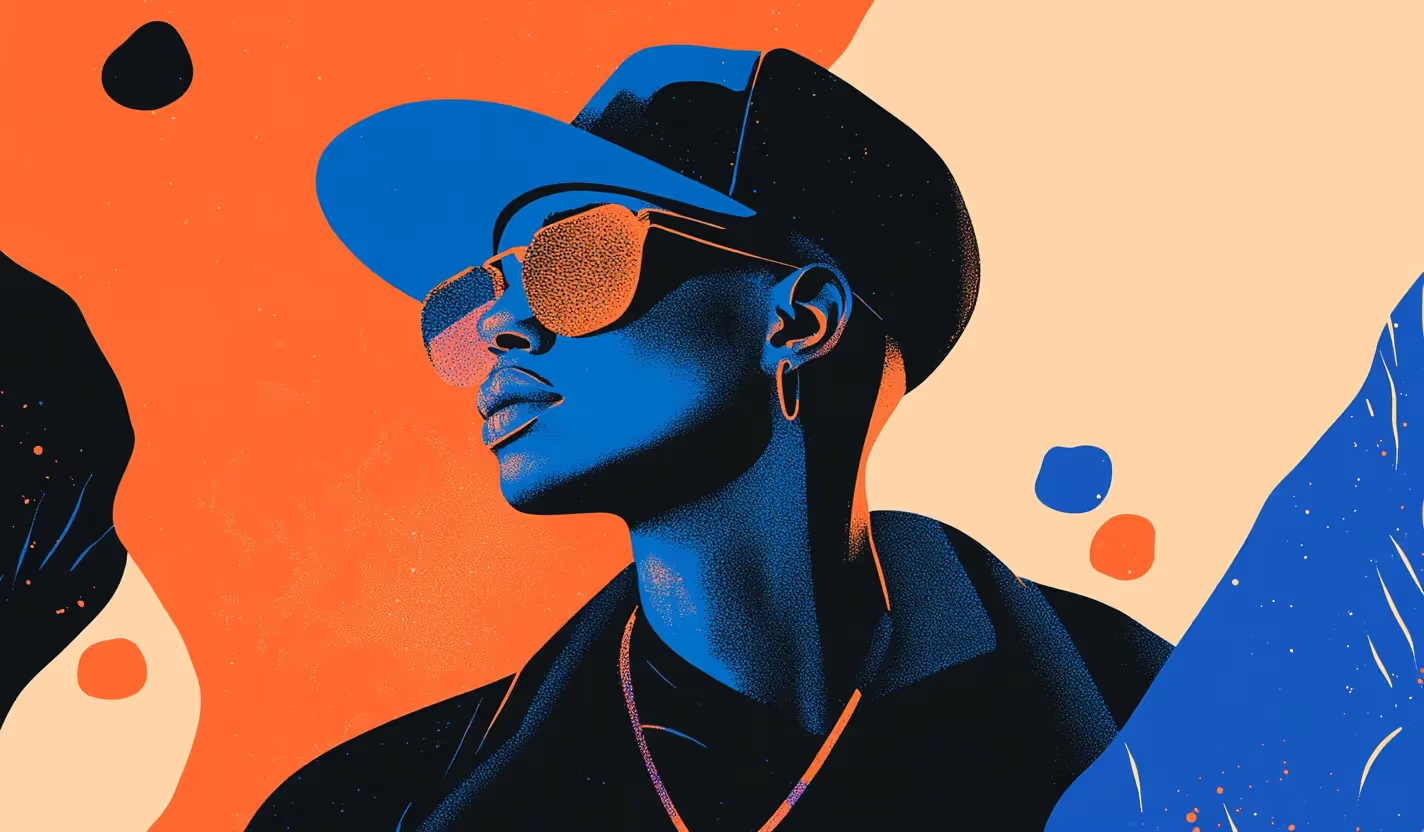
Welcome to the unabashedly bold universe of streetwear – where fashion isn't just about what you wear, but a loud declaration of who you are. This isn't just a trend; it's a cultural tsunami that's swamped the shores of the fashion world, growing into a whopping $185 billion market. Here, T-shirts, sneakers, and caps aren't mere commodities; they're badges of honor in a world where the streets dictate the rules. In the labyrinth of street fashion, cargo pants are reigning supreme, riding high on a wave of nostalgia, with Gen Z's love for everything Y2K pushing their sales up by nearly 200% in womenswear. It’s not just cargos; long-length skirts and moto jackets are tearing up the fashion playbook, inspired by the echoes of the early 2000s – think Bella Hadid’s viral ACG vintage cargo style or the PALACE x Gucci leather jacket trouser combo that's setting social feeds on fire. Streetwear is where the varsity bomber meets the graffiti-splattered back alleys. It's where luxury brands scramble to collab with the raw, uncut edge of labels like Supreme, and where sports giants like Nike evolve beyond sneakers to embrace the hip vibe of hoodies and oversized jerseys, all in a bid to get a slice of this lucrative pie. Forget the catwalks; the real runway is the city streets. This is where you come in – ready to turn heads and make statements with your brand. But how do you carve out a niche in this fast-paced, ever-evolving world? Strap in; we’re about to take you on a ride through the neon-lit streets of streetwear, showing you how to build a brand that's not just seen but felt.
.png)


The Streetwear Revolution: More Than Just Threads


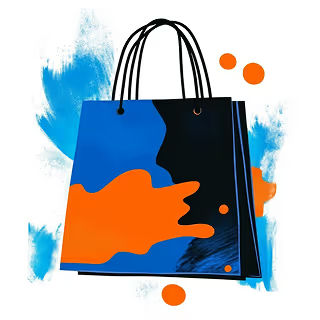
Welcome to the high-stakes, high-style world of streetwear, where fashion isn't just a statement, it's a revolution. This isn't your grandma's knitting circle; it's a global phenomenon, where the streets are runways and every curb is a catwalk. This sector is more than just threads and kicks; it's where self-expression collides with cultural reverence, creating a $185 billion juggernaut that's reshaping the fashion industry.
The Streetwear Consumer: Pockets and Preferences
Dive into the pockets of the streetwear aficionado, and you'll find a world where affordability waltzes with exclusivity. Take Supreme, the New York skate brand. It's not just a label; it's a cult. Here, graphic tees that shout attitude range from $38 to $48, but the most coveted pieces, like the box logo crewneck, soar up to $158. And in the resale market? These babies can fetch upwards of $500.
But who's buying? It's a mix of thrift and thirst. About 70% of the streetwear crowd pulls in less than $40,000 annually, yet they're not shy about dropping $100-$500 monthly on streetwear, with 18% splurging over $500. That's commitment.
The Spend: Where Cash Meets Cool
When it comes to single-item spending, 56% of the streetwear disciples spend $100-$300, and a bold 16% go as high as $300-$500. Only 8% venture into the $500+ realm. Interestingly, lower-income streetwear fans are willing to spend five times more on streetwear than on non-streetwear items.
In the industry's eyes, the sweet spot sits between $100 to $500, aligning perfectly with consumer spending habits. This price range not only fuels the relentless demand but also defines the very essence of streetwear's timeless appeal.
What's Hot on the Streetwear Scene
Footwear reigns supreme in streetwear kingdom, with 62% of consumers gunning for shoes. Following suit are tops – both tees and hoodies. While hoodies and T-shirts flood the market, creating a battleground for brands, it’s the sneakers that steal the show with their universal appeal and nostalgia factor, often serving as a cultural bridge.
The Cultural Beat: Hip-Hop and Art
Streetwear isn't just about what you wear; it's about the beat you walk to. A whopping 80% of consumers say hip-hop and rap are major influencers. But it's not just about music; contemporary art and sports also play pivotal roles, influencing 42% and 40% of consumers, respectively.
Authenticity: The Heartbeat of Streetwear
In this world, authenticity isn't just a buzzword; it's the currency. Consumers crave real connections with brands that have a story to tell, a history to share. They're not just buying a piece of clothing; they're buying a piece of culture. Supreme, Nike, and BAPE are not just brands; they're streetwear royalty, with deep roots in the community.
Global Streets: Diverse Spending, United by Style
Streetwear's appeal crosses oceans and continents. In North America and Europe, where streetwear has its roots, the community aspect is a big draw. But in Asia, where the scene is newer, there's a higher average spend on streetwear, reflecting a shift in interests and the expanding influence of this fashion revolution.
The Streetwear Game: Strategies for Making Noise in a Crowded Room


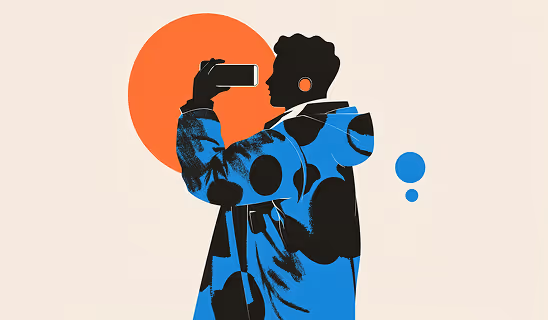









Welcome to the high-octane world of streetwear, where it's not just about crafting cool clothes, but about stirring the pot, making waves, and turning heads. This is where brands like Nike, Adidas, and Puma transform from sports icons to streetwear titans, tapping into the sneakerhead culture that thrives on exclusivity and hype. In this arena, streetwear is valued at a colossal $187.58 billion, and the climb isn't stopping anytime soon, with predictions pointing to a staggering $193.21 billion valuation by 2027.
1. Crowdsourcing the Cool
In streetwear, it's the street that calls the shots. Brands like 2 Chainz are flipping the script, letting consumers drive trends. They're using social listening tools to pick up on what's buzzing, and then tailoring their products to match the street's pulse. It's about catching the wave before it breaks.
2. Selling a Lifestyle, Not Just Threads
Remember, in streetwear, you're not just selling clothes; you're selling a dream. It's about being part of a culture that wears comfort and nonchalance like a badge of honor. This is a world where your hoodie isn't just a hoodie; it's a statement of who you are and where you belong.
3. Building Communities, Not Just Customer Bases
Thanks to the pandemic, online communities have become the lifeline of commerce, and streetwear is no exception. These digital tribes are not just about clicks and likes; they're about building an emotional connection with the brand. Whether it's a Facebook group, a TikTok following, or a buzzing in-store vibe, it's all about creating a sense of belonging.
4. Collaborations: The New Currency
In the streetwear universe, collaborations are gold. It's about joining forces with other brands to create something that's more than the sum of its parts. This strategy is not just about standing out; it's about creating alliances that resonate with consumers on a deeper level.
5. The Online-Offline Tango
Today's streetwear game is played on two fields: online and offline. While Gen Z might be scrolling their feeds to find their next buy, they're just as likely to be lining up outside a store for the latest drop. Brands that can dance between these two worlds, like British brand Corteiz, are the ones that will lead the pack.
6. The Metaverse: The New Frontier
The metaverse is no longer just a sci-fi fantasy; it's becoming a critical part of streetwear's playbook. With one in three shoppers already using virtual reality to shop, the metaverse is set to become a space where brands can create unique, immersive experiences that go beyond the physical world.
7. The Art of the Drop
In the world of streetwear, scarcity is the secret sauce. The drop model, where products are released in limited quantities for a limited time, creates a frenzy of excitement and desire. It's about making each piece feel like a treasure hunt, a rare find that's worth the chase.
8. Sustainability: The New Cool
Gone are the days when sustainability was just a nice-to-have. In today's world, two out of three consumers consider sustainability a crucial factor in their purchasing decisions. Brands that can weave sustainability into their fabric, like Coney Island Picnic with its organic cotton tees, are the ones that will resonate with the eco-conscious consumer.
9. Nostalgia: The Emotional Hook
In an era marked by uncertainty and anxiety, particularly for Gen Z, nostalgia has become a powerful tool. It's about tapping into the collective memory, creating a sense of comfort and familiarity that resonates deeply with consumers.
Streetwear's Evolution: Crafting Identity in the Global Fashion Language
In the ever-evolving world of fashion, streetwear has become the undisputed king of cool, a cultural phenomenon that's transformed from niche subcultures to global domination. It's an all-encompassing wave, splashing its influence across luxury boutiques and thrift stores alike. Every collection today, from Instagram-famous upstarts to high-end fashion houses, is dripping in streetwear DNA.
Creating a Community, Not Just Clothes
Streetwear is more than just threads; it's a cultural melting pot where individuality and collective identity coexist in harmony. It's a world where everyone, from the kid spending their last dime on the latest trend to the office worker indulging in a payday splurge, is part of a larger narrative. It's not just about owning a piece of clothing; it's about being part of a story.
Innovations and Evolution in the Streetwear Scene
- Berlin's Own Streetwear Vision: In Berlin, a streetwear label is redefining luxury, melding classic forms with casual and loose-fitting styles. It's a blend of high-quality craftsmanship and affordable luxury, proving that opulence doesn't have to break the bank.
- Carhartt's European Journey: The iconic American brand Carhartt, once known for durable workwear, ventured into the European market with a style adaptation for skaters and party-goers, exemplifying how versatility and robustness can lead to global acclaim.
- Patta's Collaborative Spirit: Amsterdam's Patta has skyrocketed from a local boutique to a streetwear titan, thanks to its bold collaborations and unique designs that resonate with the raw energy of urban life.
- Fear of God: Blending Faith and Fashion: Jerry Lorenzo's Fear of God encapsulates a spiritual journey, infusing luxury streetwear with elements from the '80s and '90s pop culture. It's a testament to how personal narratives can shape a brand's essence, offering wearers not just style but a story.
- Off-White: Bridging Fashion Worlds: Off-White, under the genius of Virgil Abloh, bridged high fashion and streetwear, creating a new narrative for streetwear in the luxury scene. It's a blend of art, fashion, and music, symbolizing the power of creative vision in redefining fashion norms.
- Amiri's Rockstar Flair: Los Angeles-based Amiri, rooted in denim and inspired by rock stars, showcases how a deep connection with music and pop culture can propel a brand to international fame.
- Pop Trading Company: Skateboard Culture Meets Fashion: Amsterdam's Pop Trading Company translates the essence of skateboarding into elevated clothing, demonstrating how authentic subculture influences can result in a distinctive fashion line.
- Stüssy's Enduring Influence: A pioneer in streetwear, Stüssy remains a symbol of authenticity, continuously evolving and collaborating, maintaining its iconic status in the streetwear world.
- Undercover: The Punk of Streetwear: Japan's Undercover, with its rebellious and defiant spirit, shows how streetwear can be a form of cultural protest, blending punk aesthetics with fashion.
- Aime Leon Dore: Elevated Menswear for the Modern Era: Teddy Santis' Aime Leon Dore infuses classic silhouettes with modern influences, creating a refined, semi-sporty menswear line that appeals to a diverse audience.
- NEIGHBORHOOD: The Biker Vibe from Japan: With its focus on motorcycle subcultures, NEIGHBORHOOD is an example of how niche interests can inspire unique fashion lines, blending American classic apparel with biker gang vibes.
- Golf: Tyler, The Creator's Playful Fashion Line: Golf, led by Tyler, The Creator, is a celebration of self-expression and individuality, blending bold colors, graphic prints, and streetwear with skate culture influences.
- Kith: The New York Fashion Experience: Ronnie Fieg's Kith has become a streetwear powerhouse, known for its collaborations and redefinition of streetwear into a refined and luxurious style.
- Seventh: A Blend of Artistic Expression and Contemporary Aesthetics: Seventh exemplifies how streetwear can be both artistically expressive and timelessly elegant, focusing on quality and simplicity
- Human Made: Nigo's Whimsical Side Project: Nigo's Human Made is a testament to how side projects can evolve into major brands, blending a homemade aesthetic with streetwear influences.
- Palm Angels: From Photography to Fashion: Palm Angels demonstrates the power of evolution, starting as a photography project and growing into a brand known for its amalgamation of streetwear, high fashion, and modern style.
- NOAH: Ethical and Sustainable Streetwear: Founded by Brendon Babenzien, NOAH stands at the forefront of ethical and sustainable streetwear, combining a conscious approach to fashion with timeless style.
- Bonsai: Italian Streetwear with a Twist: Bonsai, born in Bologna, showcases the blend of vivid and daring designs with a focus on sustainability, proving that streetwear can be both fresh and environmentally conscious.
- KENZO: Vibrant and Bold Luxury Streetwear: KENZO, under NIGO's guidance, continues to evolve with a mix of vibrant colors and sleek shapes, reinventing its lineup to appeal to a broad spectrum of consumers.
Want to learn more about brand platforms, Brand Strategy and Brand Identity? Keep reading!
If you need help with your companies brand strategy and identity, contact us for a free custom quote.
The Pulse of Streetwear: Riding the Waves of 2023 Trends
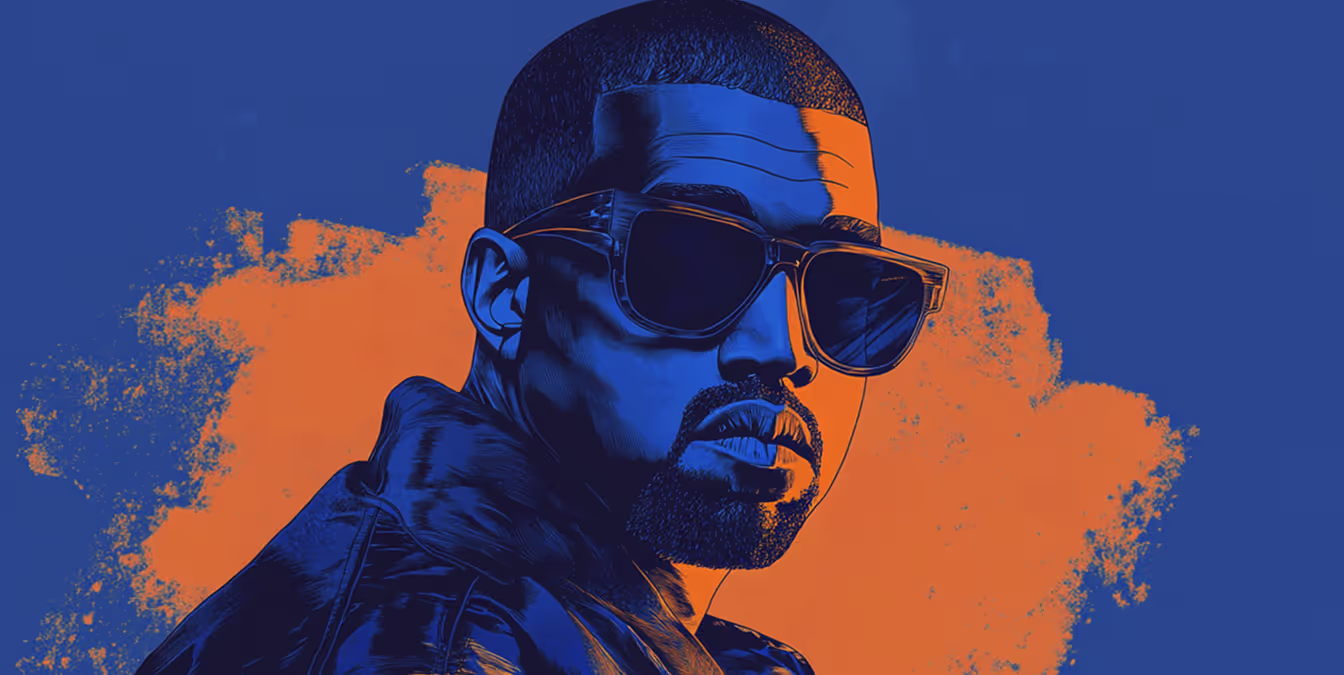
The streetwear scene of 2023 has been a wild ride, a colorful blend of nostalgia and innovation that's been turning heads and setting trends. It's a world where the rules are constantly being rewritten, and the only constant is change itself. Here's a snapshot of the trends that have been defining the streetwear landscape this year.
1. The “Ugly” Shoe Phenomenon
2023 saw the rise of the "ugly" shoe trend, where footwear that’s audaciously unattractive became irresistibly cool. Think MSCHF’s Big Red Boots, Crocs, and JW Anderson x Wellipets Frog Clogs. These shoes have blurred the lines between fashion and memes, making a bold statement that's impossible to ignore.
2. Adidas Samba: The Sneaker of the Year
Adidas Sambas became the sneakers du jour, seen on celebrities, influencers, and street fashion enthusiasts alike. Their versatility and cool factor have made them a staple in wardrobes, pairing seamlessly with everything from athleisure to high-fashion ensembles.
3. The Wide-Legged Revolution
The trend of wide pants has escalated in 2023, with oversized hoodies, tees, cargos, and trousers dominating the streetwear scene. This trend screams comfort and style, offering a fresh breath to the streetwear aesthetic.
4. Jorts Make a Bold Comeback
Jorts (jean shorts) have returned with a vengeance, now wider and bolder than before. They’ve become a unique and standout look for 2023, especially when paired with boots - a microtrend that's gaining traction.
5. Y2K Aesthetics Reimagined
The Y2K style has made a strong comeback, blending millennium nostalgia with contemporary trends. This includes maxi skirts, retro sneakers, neon hues, bold logos, and DIY cropped shirts. “Blokecore”, influenced by British football culture, has also become a major hit, featuring vintage football jerseys and classic sneakers.
6. The Hallyu Wave Takes Over
Korean streetwear, led by K-pop icons, has made significant inroads into global fashion. Brands like Wooyoungmi, Codegraphy, and 1993 Studio have become essential, thanks to endorsements from these celebrities. K-pop stars are blending luxury and streetwear, influencing both fashion and sneaker culture.
7. Urban Athleisure: The New Normal
The convergence of techwear with streetwear has given birth to “Urban Athleisure”. Major brands are incorporating smart, performance-ready materials into everyday wear, resulting in stylish yet functional clothing that transitions seamlessly from gym to street.
8. Collaborations and Limited Drops
Collaborations between streetwear brands and luxury houses have produced some of the most exciting fashion moments of 2023. These limited drops have become the epitome of streetwear hype, creating a buzz that's hard to miss.
9. Sustainability Takes Center Stage
Sustainability has become a core component of contemporary streetwear. Brands are focusing on eco-friendly practices, with recycled materials being transformed into stylish pieces. This trend is not just about fashion; it’s about making a statement on environmental responsibility.
10. Online vs. IRL Fashion Dynamics
Online, streetwear trends are bold and adventurous, reflecting the vibrant energy of cities like New York and Tokyo. In real life, however, these trends often get toned down to a more subtle aesthetic, though the daring online styles are gradually making their way into everyday fashion.
Future-Proofing Streetwear: Anticipating Tomorrow’s Trends
As we look beyond the bustling streets of 2023 into the horizon of streetwear's future, there's an air of anticipation about what's next. The ever-evolving world of streetwear is not just about keeping up; it's about staying ahead, predicting the next big thing, and constantly reinventing the wheel. Here's a glimpse into what might shape the future of streetwear.
Embracing Tech and Innovation
The intersection of technology and fashion is poised to deepen. Expect to see more smart clothing - garments that not only make a style statement but also come packed with technology. Think jackets with built-in heating elements, shirts that track your biometrics, or sneakers that adapt to your walking style. The future of streetwear is where fashion meets function in the most futuristic sense.
The Rise of Virtual Fashion
As the world becomes more digitized, so does fashion. Virtual clothing, once a fantasy, is becoming a reality. In the metaverse, your avatar might don digital streetwear from your favorite brands, blurring the lines between reality and the digital world. This could also open up new avenues for sustainability, as virtual fashion eliminates the need for physical materials.
Sustainable and Ethical Fashion
Sustainability will continue to be more than just a buzzword. The streetwear of tomorrow will likely see an increased focus on ethical production, eco-friendly materials, and sustainable practices. Brands that fail to adapt to this green wave might find themselves out of favor with the environmentally conscious Gen Z and Millennial consumers.
Hyper-Personalization
Customization and personalization are set to take center stage. With advancements in technology, consumers might soon be able to design their streetwear, choosing everything from the fabric to the graphics. This hyper-personalization will allow for unique self-expression, with each garment reflecting the individuality of its wearer.
Global Cultural Fusion
Streetwear has always been a melting pot of global cultures, and this trend is likely to intensify. Future streetwear might see even more diverse cultural influences, with designers drawing inspiration from a global palette, resulting in a rich tapestry of styles, patterns, and designs that transcend geographical boundaries.
The Evolution of Streetwear Retail
The way we buy streetwear is also set to change. Expect more experiential retail spaces, where shopping is an event in itself, complete with immersive experiences. Online shopping will become even more seamless, with augmented reality (AR) and virtual reality (VR) allowing you to try on clothes virtually before you make a purchase.
The Continued Importance of Community
At its core, streetwear is about community, and this will remain its beating heart. Future streetwear brands will likely focus on building and nurturing these communities, using both online and offline spaces to connect with their audience on a deeper level.
Navigating the Challenges: Adapting to an Evolving Streetwear Landscape
As the streetwear industry marches into the future, it faces a unique set of challenges that brands must navigate to stay relevant and successful. Understanding and adapting to these challenges is crucial for any brand looking to make its mark in the ever-changing world of streetwear.
1. Keeping Up with Fast-Paced Trends
One of the biggest challenges in streetwear is the rapid pace at which trends come and go. Brands need to be agile, quickly adapting to changing consumer preferences while maintaining their core identity. This requires a delicate balance between innovation and staying true to the brand’s roots.
2. Balancing Exclusivity with Accessibility
Streetwear thrives on the notion of exclusivity, but there's a fine line to tread. Too exclusive, and you risk alienating potential customers; too accessible, and you may dilute the brand's perceived value. Striking the right balance is key to attracting a broad audience while maintaining the allure of exclusivity.
3. Embracing Sustainability Without Compromise
As sustainability becomes increasingly important to consumers, streetwear brands face the challenge of integrating eco-friendly practices without compromising on style or quality. This often means investing in sustainable materials and production methods, which can be costlier but are essential for the long-term viability of the brand.
4. Navigating the Digital Realm
In an age where digital presence is paramount, streetwear brands must excel not just in design, but also in digital marketing and e-commerce. Creating engaging online experiences, leveraging social media effectively, and offering seamless e-commerce solutions are all crucial in reaching and retaining a digital-savvy audience.
5. Maintaining Brand Identity Amidst Collaboration
Collaborations are a staple in streetwear, offering opportunities for innovation and reaching new audiences. However, brands must carefully choose collaborations that align with their identity and values. There's a risk of diluting the brand’s unique voice if collaborations are not thoughtfully executed.
6. Responding to Global Influences
The global nature of streetwear means that brands need to be culturally sensitive and aware. What works in one market may not resonate in another. Brands need to understand and respect different cultures, especially when expanding into new geographical areas.
7. Adapting to Consumer Expectations
Today's consumers expect more than just products; they seek experiences and narratives that resonate with them. Streetwear brands must craft compelling stories around their products and create experiences that engage consumers on a deeper level.
Conclusion: Mastering the Art of Streetwear Brand Strategy
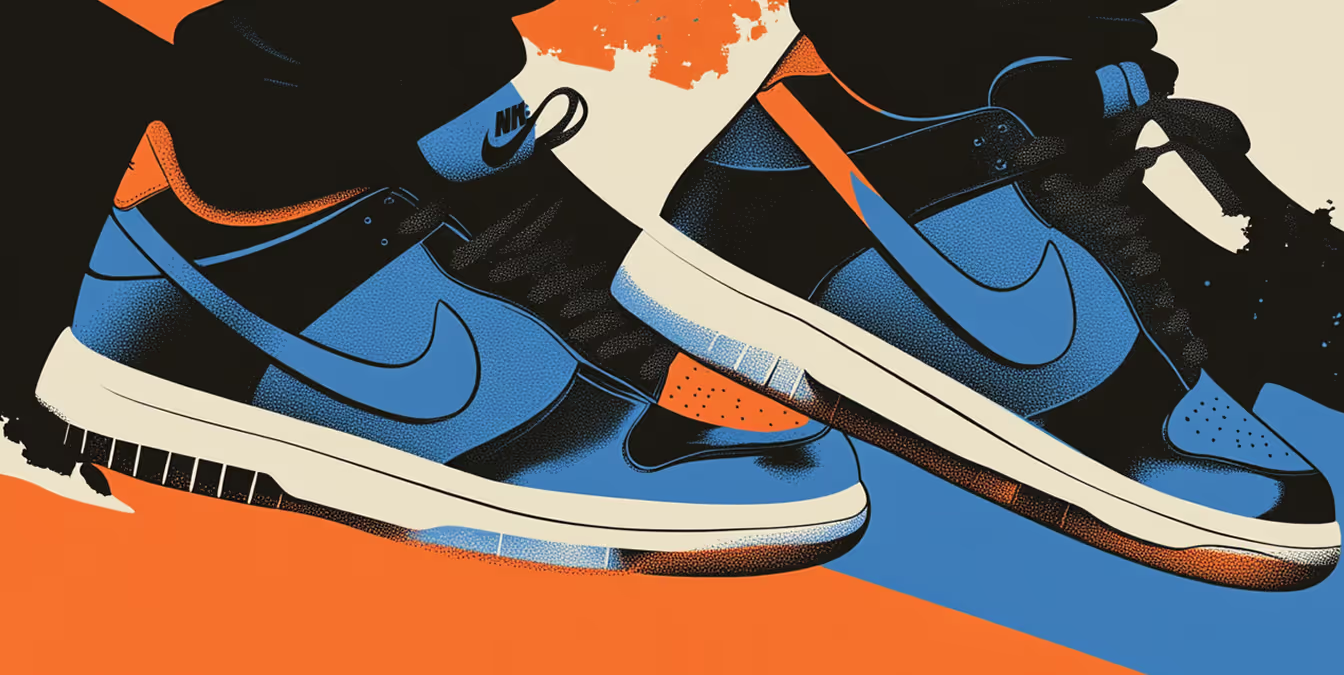
As we cruise through the neon-lit streets of the streetwear world, it’s clear that the game is as much about style as it is about strategy. In a realm where every brand is hustling to make its mark, having a killer brand strategy isn’t just nice to have; it’s your lifeline.
Carving Your Unique Streetwear Identity
To stand out in the bustling streetwear bazaar, your brand needs more than just flashy logos and trendy designs. It’s about carving out a unique identity, a signature vibe that screams ‘you’. This identity should resonate through every stitch, every print, and every campaign. Whether it's through sustainable practices, tech integration, or cultural fusion, your brand should tell a story that's uniquely yours.
Flexing Agility in Fashion's Fast Lane
The streetwear scene shifts quicker than a New York minute. Agility is key. This means staying ahead of trends, understanding the pulse of the street, and being ready to pivot at a moment’s notice. But remember, while keeping up with trends is crucial, losing your brand’s soul in the frenzy is a cardinal sin.
Building a Community, Not Just a Customer Base
In the streetwear universe, your tribe is your treasure. Building a community around your brand isn’t just about pushing sales; it’s about creating a movement. Engage with your audience, listen to their stories, and make them feel like they’re a part of something bigger. Remember, in the world of streetwear, loyalty is the ultimate currency.
Embracing Collaborations Wisely
Collaborations are the secret sauce of streetwear, but it’s not about slapping logos together. It’s about creating art. Choose collaborations that align with your brand’s ethos and narrative. Each collab should be a chapter in your brand’s story, not just a quick cash grab.
Sustainability: The Future is Green
The future of streetwear is green, and if you’re not on board, you’re on the sidelines. Integrating sustainable practices isn’t just good for the planet; it's what your audience demands. From eco-friendly materials to ethical production, sustainability should be woven into the fabric of your brand.
Navigating the Digital Street
In today’s digital age, your online presence is your global storefront. From your Instagram aesthetics to your website’s user experience, every digital touchpoint should reflect your brand’s identity. Use the digital space to tell your brand’s story, engage with your audience, and build a community that transcends geographical boundaries.
FAQs for Building a Successful Streetwear Brand
1. How do I identify and understand my target audience in streetwear?
A: Start by researching current streetwear trends, identifying key demographics, and understanding the interests and lifestyles of potential customers. Engage on social media platforms, conduct surveys, and monitor consumer behavior to gain insights.
2. What are the key elements of a successful streetwear brand?
A: A strong, unique brand identity, high-quality product design, understanding of current trends, effective marketing strategies, a solid online presence, and the ability to build a loyal community are crucial elements.
3. How important is sustainability in streetwear?
A: Sustainability is increasingly important in streetwear. Consumers are becoming more environmentally conscious, and brands that adopt sustainable practices in their production and operations are often more appealing. This includes using eco-friendly materials, ethical manufacturing processes, and promoting recycling and upcycling.
4. How can I make my streetwear brand stand out in a crowded market?
A: To stand out, focus on creating a unique brand story and aesthetic. Innovate with designs, collaborate with artists or other brands, engage with your community authentically, and leverage social media effectively. Remember, exclusivity and a strong brand voice can set you apart.
5. What role does social media play in building a streetwear brand?
A: Social media is crucial for building brand awareness, engaging with customers, and creating a community around your brand. Platforms like Instagram, TikTok, and Twitter can be used to showcase your products, share your brand story, and interact directly with your audience.
6. How can I use collaborations to enhance my brand?
A: Collaborations can bring fresh ideas, reach new audiences, and add credibility to your brand. Choose partners that align with your brand values and can offer something unique to your customers. Collaborations should feel natural and add value to both brands.
7. What is the significance of brand storytelling in streetwear?
A: Brand storytelling is essential to connect emotionally with your audience. It involves crafting a narrative that reflects your brand’s values, origins, and vision. A compelling story can make your brand memorable and build a deeper relationship with your customers.
8. How can I ensure the quality of my streetwear products?
A: Focus on sourcing high-quality materials and working with reputable manufacturers. Implement strict quality control processes, listen to customer feedback, and constantly strive to improve your products.
9. What are some effective marketing strategies for streetwear brands?
A: Utilize influencer marketing, create engaging content, leverage email marketing, host pop-up events, and collaborate with other brands or artists. Also, consider using limited-edition drops to create a sense of urgency and exclusivity.
10. How do I keep up with rapidly changing trends in streetwear?
A: Stay informed by following streetwear blogs, influencers, and magazines. Attend fashion shows and events, network with other industry professionals, and constantly research market trends. Adaptability and quick response to change are key in the streetwear industry.

Sloane Avery
As entrepreneurs, they’ve built and scaled their own ventures from zero to millions. They’ve been in the trenches, navigating the chaos of high-growth phases, making the hard calls, and learning firsthand what actually moves the needle. That’s what makes us different—we don’t just “consult,” we know what it takes because we’ve done it ourselves.
Want to learn more about brand platform?
If you need help with your companies brand strategy and identity, contact us for a free custom quote.
We do great work. And get great results.
+2.3xIncrease in revenue YoY
+126 %Increase in repurchase rate YoY








+93%Revenue growth in first 90 days
+144% Increase in attributed revenue


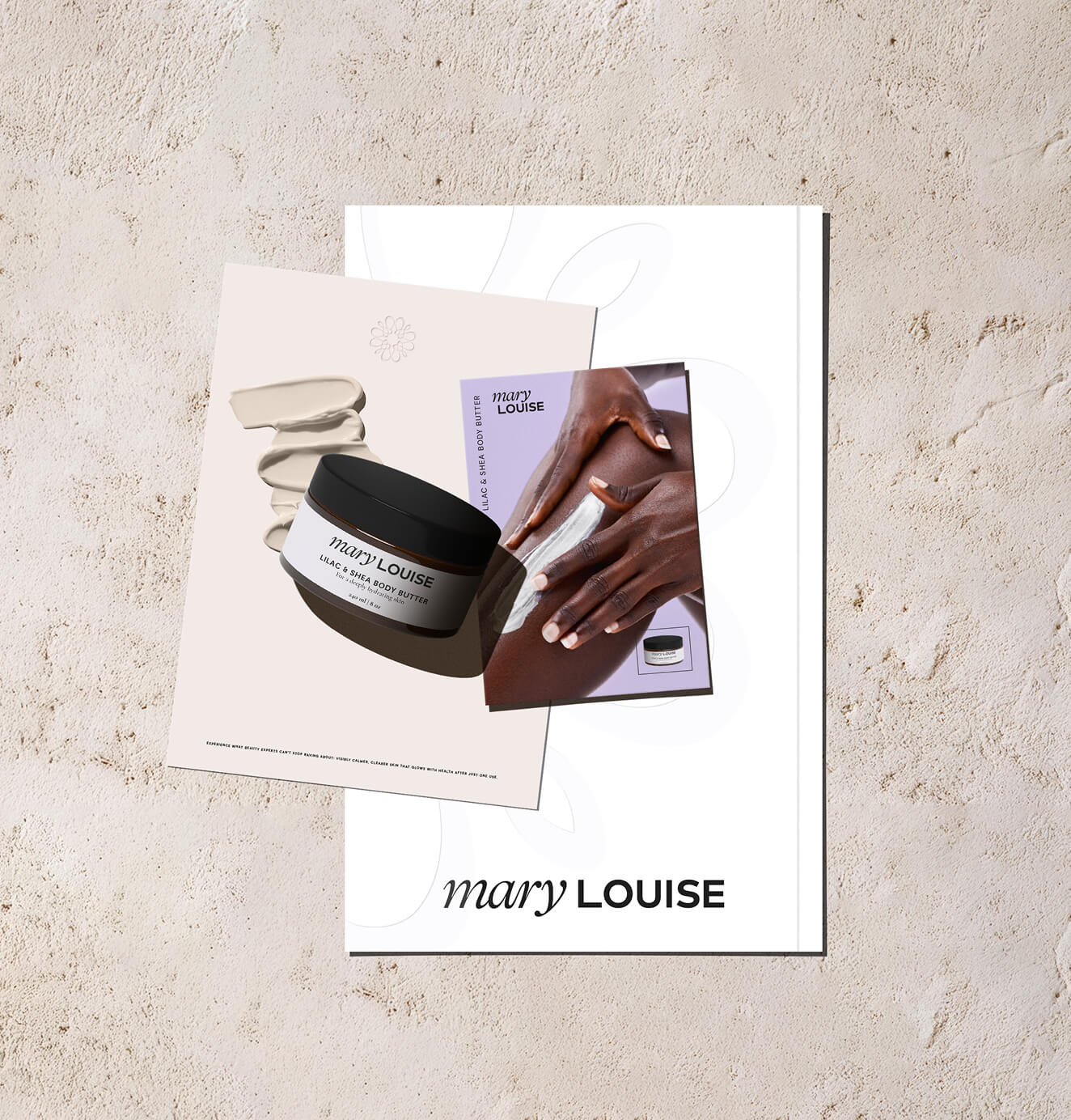





+91%Increase in conversion rate
+46%Increase in AOV








+200%Increase in conversion rate
+688%Increase in attributed revenue












